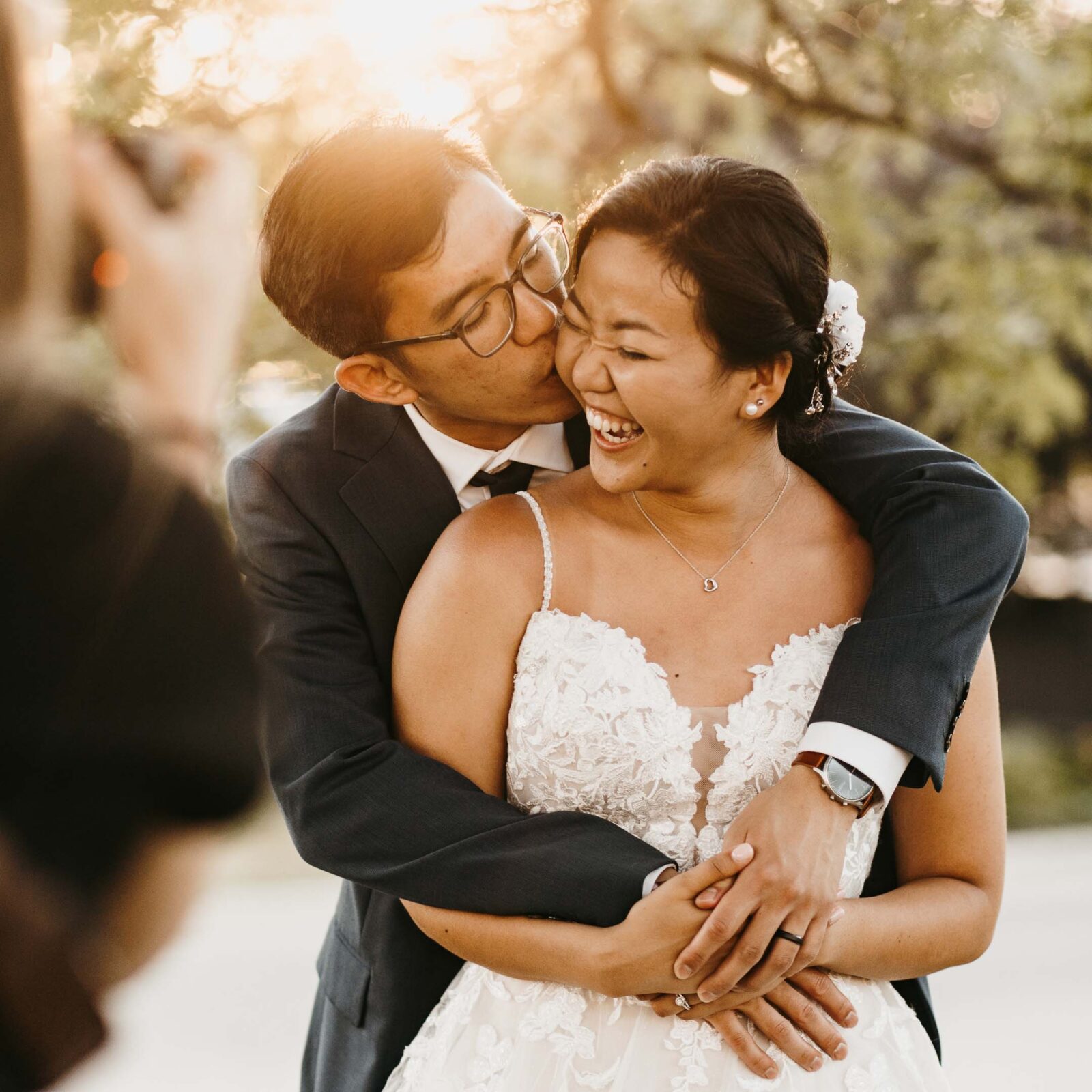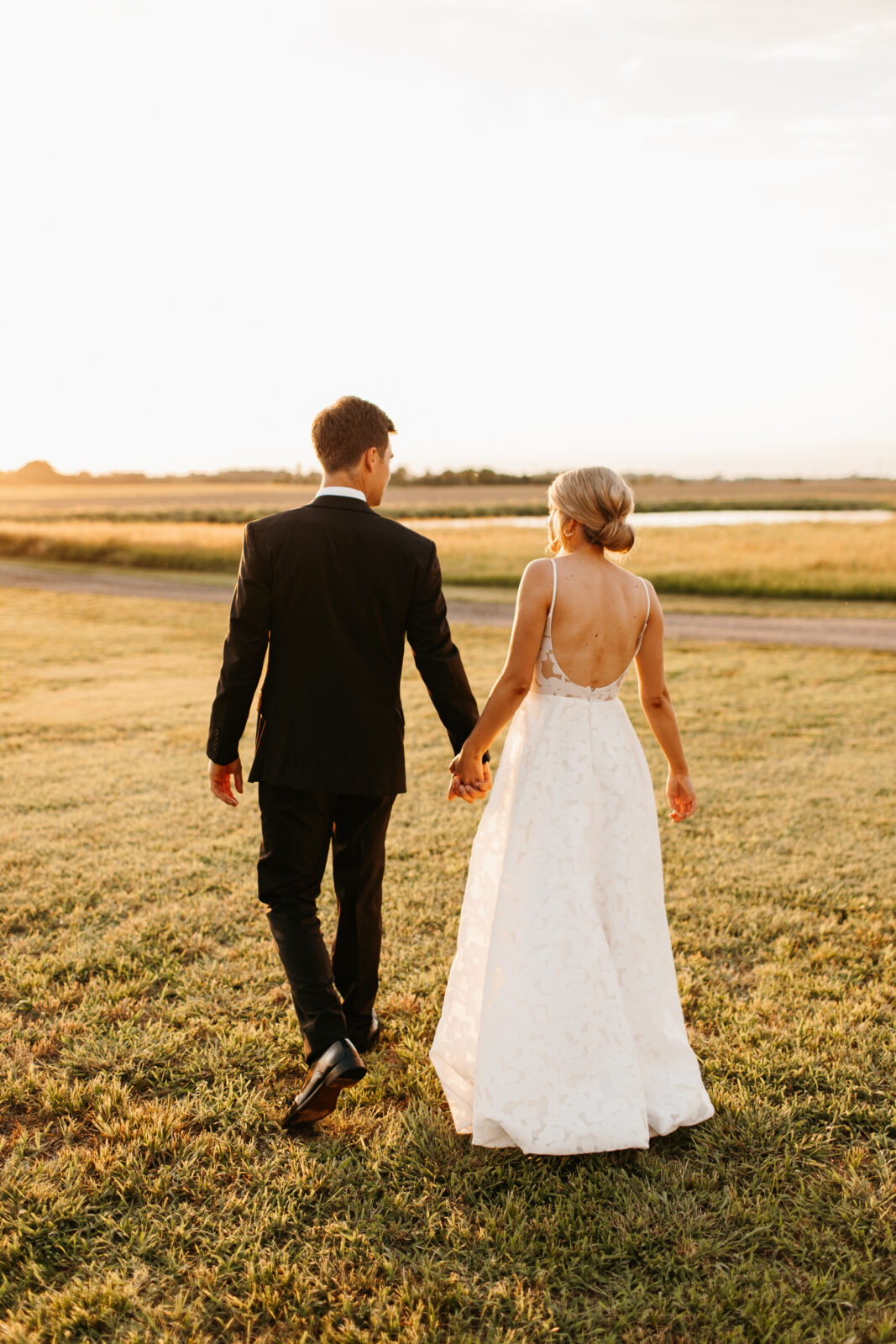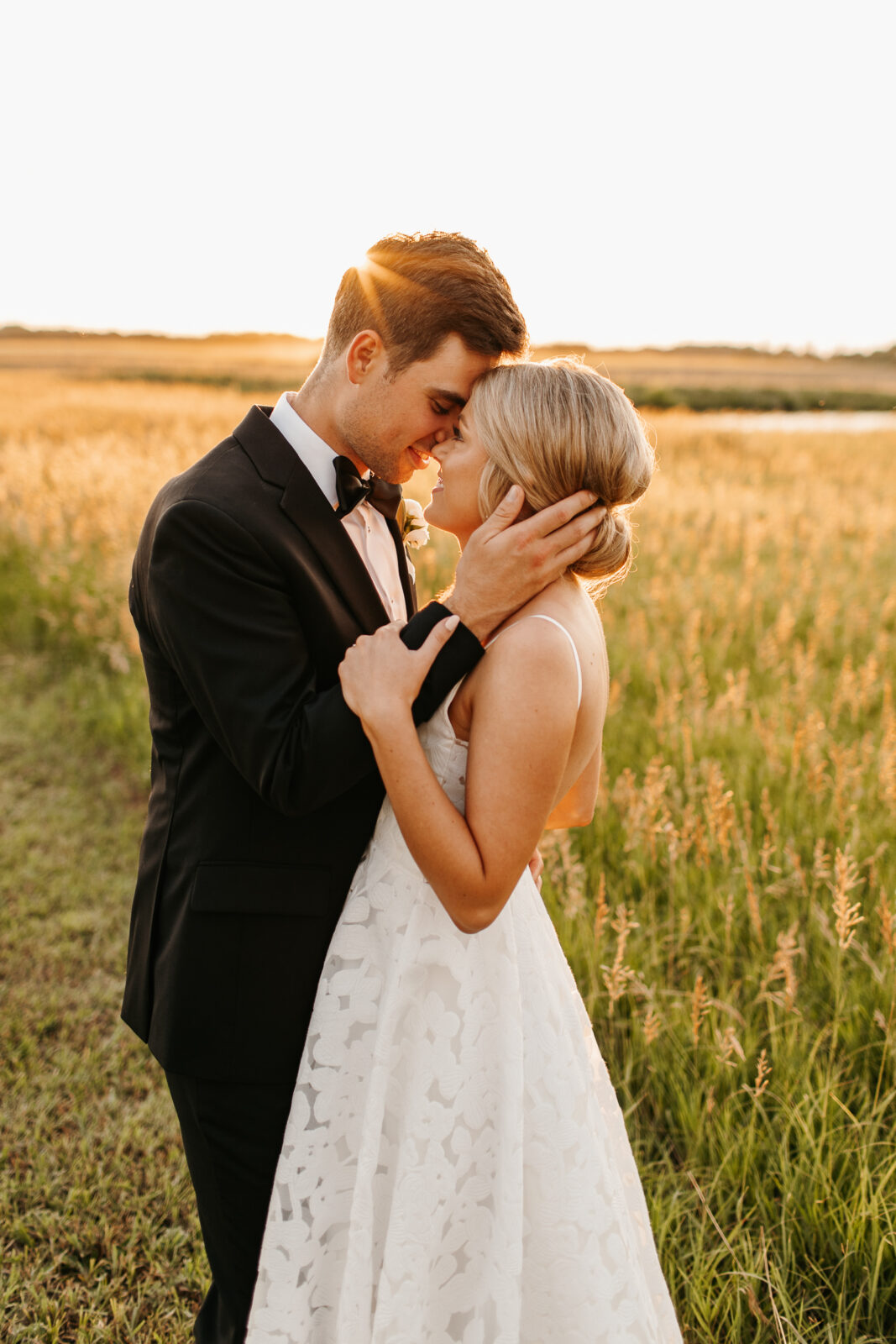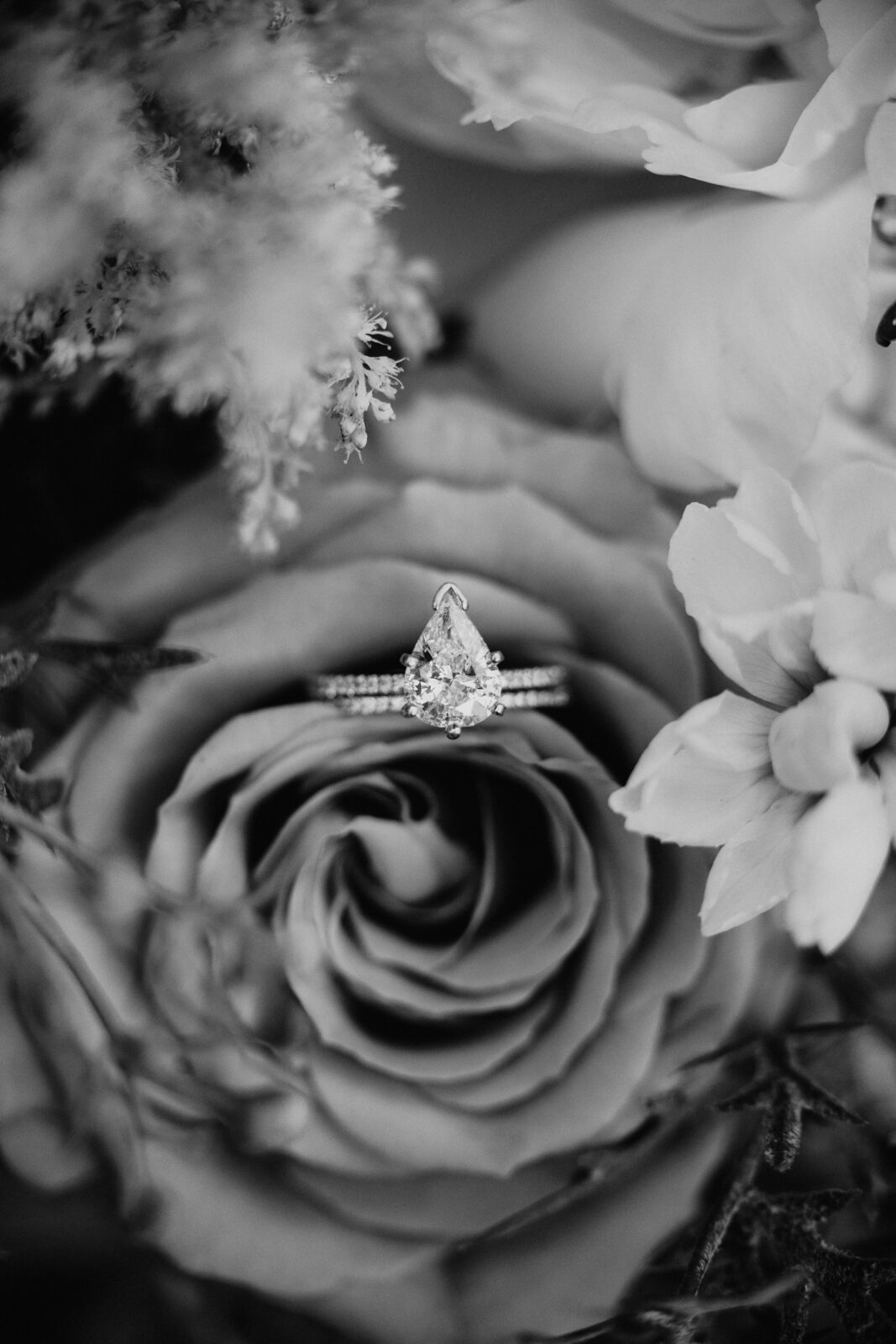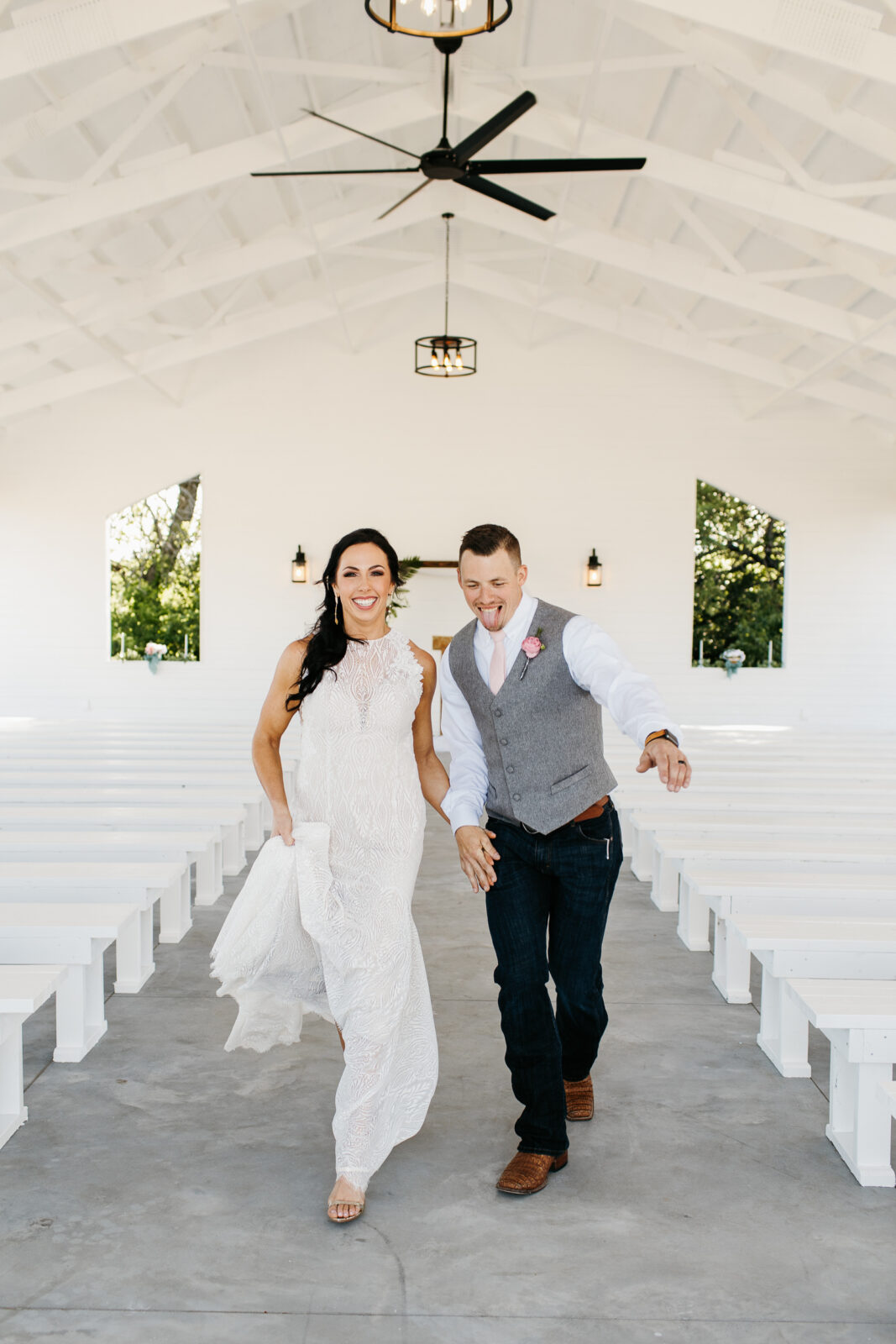Spring of 2013 was the first time I photographed a wedding. I was a senior in highschool and second-shooting for a friend, and I remember thinking, “this isn’t so bad! Why do people stress about photographing weddings?” I’m shaking my head now at how unaware I was seven years ago.
Back then I thought what mattered most was “getting the shot” and “documenting the love.” Which is true, but it’s about so much more than that. Today I’m going to be sharing with you the 5 biggest things I’ve learned after photographing 75+ weddings.
ONE: DON’T UNDERESTIMATE THE VALUE OF HIGH EQ
Believe it or not, being a wedding photographer isn’t just about taking photos. It bears the massive privilege of stepping into every moment of the day– your anticipation during hair and makeup, your daddy-daughter first look, and the ear to ear smiles you share with your girlfriends as you dance the night away. These are highly emotional moments throughout your wedding day that should be treated appropriately and with care. Which is exactly why emotional intelligence (EQ) is needed. Being highly self-aware and others-aware has helped me navigate countless moments at weddings.
For example, while I do have a bubbly personality, I’m not going to be giggly during your first look with your dad. If your stomach is in a knot of nerves and excitement while you’re getting your makeup applied, I’ll ask if you need water or something to eat, and give you some breathing room. By the time the dance floor opens up and you’ve had a few drinks, I’ll be there to celebrate with you and capture those moments too! The thing is, at the end of the day your wedding isn’t about me at all. I consider it an insane privilege to witness your wedding, and I want to bless you as much as possible– whatever that looks like!
Sometimes it’ll be by shortening our sunset photo excursion, because I can tell you’re ready to get back to celebrating with your guests. Other times it may be me giving you a few minutes by yourselves after the ceremony, so that you can just pause for one portion of the day and soak up the fact that you’re married! Annnd I’m always willing to bring out my assertive voice and make sure your uncle doesn’t run off to the open bar before we’re done with family photos. My ultimate goal is to inject peace into your day– from the angsty moments of getting ready to the celebration on the dance floor.
TWO: BRINGING A CALM + ASSERTIVE NATURE WILL GO FAR
When I first started shooting weddings I struggled with being assertive because I was paranoid about being perceived as “bossy.” I struggle with bossy personalities, and after working with several wedding coordinators that were on power-trips I was over it. And this definitely skewed my perspective against the necessity of giving direction to clients on their wedding day.
You see, getting a great photo doesn’t just “happen.” Light and shadows are always changing. You not only have to see the lighting scenario and know how to fix it, but you also have to be able to direct the individuals you’re photographing so that they’re positioned in the most beautiful, flattering light possible.
On top of giving clear direction when it comes to lighting, as a wedding photographer I’m directing family, witnessing and participating in your celebration and carrying the responsibility of documenting it well now so that you can relive it later. Which is why tactful, assertive communication goes so far.
At this point I’m convinced that domineering, bossy communication is just as hurtful as passivity. Here’s why: A passive approach will not only result in mediocre-at-best images, but it will also leave my clients wondering, “what’s next?” and, “did we do what we were supposed to?” On the flipside, a more bossy approach may result in great images, but leave my clients feeling bulldozed.
Ultimately it’s my job to document the moments throughout the day and to make the subjects feel great while doing so because they will cherish their photos all the more if they remember feeling good when they were taken.
THREE: KNOW WHEN TO WEAR EACH HAT
My third point piggy-backs off of the importance of emotional intelligence (see first point). Because wedding photographers wear several different hats on a wedding day, it’s important that they be able to read the room and see which one is needed at any given time. Here are a few of examples:
- Portrait Photographer
Role: Giving direction and bringing out the best in you + your wedding party. - Photojournalist
Role: Documenting the key moments, like your ceremony, hugging your family, and smashing cake in your spouse’s face. - Director
Role: Guiding you and your family through the photography process; especially with family formals and lighting. - Cheerleader
Role: Encouraging you. I will be your hype-woman all day– from the moment you put on your wedding dress to the second you bust out your best moves on the dance floor - Wedding Coordinator
Role: Keeping us on track. My apple watch will be loaded with reminders of where we need to be/when, so that you don’t have to stress over staying on schedule. Also, I will remind you to drink water. - Friend
Role: While it’s totally unrealistic for me to assume that I would be a dear friend to you on your wedding day, I will be far from a stranger by the time your wedding rolls around. Between taking your engagement photos, FaceTiming or jumping on the phone a handful of times, and of course emailing about all of the logistics for your day, we’ll definitely know each other by the time your wedding rolls around.
FOUR: BE FLEXIBLE + ROLL WITH THE PUNCHES
While there absolutely are weddings that go according to the plan (the bride and groom get hitched without a hitch!), that’s not always the case. Sometimes the dress clasp breaks, the groom forgets the rings and your 2 year old ring-bearer refuses to walk down the aisle. I’ve seen everything from a DJ’s terrible sound system, to a 20 minute speech from a very drunk best man. Sometimes it rains, and sometimes it’s so humid that it looks like everyone was caught in the rain.
Regardless of the circumstance, I’ve learned that rolling with the punches and making lemons out of lemonade is essential as a wedding photographer. After 75+ weddings, I’ve found that the way I respond when things go awry will directly impact the spiral of chaos– whether it stops or continues. You can escalate, or de-escalate any curveball that gets thrown your way in how you respond. And as a paid professional, it’s important that I be flexible and collected in how I respond, because I know my clients + their loved ones are looking to me for guidance as they navigate their day.
FIVE: PRIORITIZE THE COUPLE’S EXPERIENCE
Talking with my couples prior to their wedding is something I’ve done since day one. However, as my experience has grown, I’ve found that specific questions do an amazing job of helping the couple put into words what they want most out of their wedding photography experience. Here are a few examples:
- “What will be some of the most important moments for you two on your wedding day? While I will capture all of the details of your day, I want to make sure that I prioritize the details that are most important to you!”
- “Are there any special situations I need to be aware of in order to best accommodate you on your wedding day?”
- “What photos are most important to have captured during your ceremony?”
The answers to these three questions are taken into consideration as we map out the day. After all, the ultimate goal is to build a timeline that prioritizes and makes possible what’s most important to them. Sometimes it’s reserving more time at the end of the day for sunset photos if those are a high priority. Other times it’s discussing situations like split families or health conditions so that we can smoothly navigate them on the wedding day. Regardless of the circumstance, prioritizing the couple’s experience is truly a game changer in how the wedding day goes.
To summarize, shooting weddings has taught me that wedding photography can’t be reduced to “taking photos.” It’s a blend of organization, direction and high emotional intelligence. But when wedding photographers are equipped with these characteristics, they can provide not only a stunning wedding gallery, but a wedding-day experience for their clients that’s just as good. That’s what I’ve learned, and that’s what I’m continually striving for.


